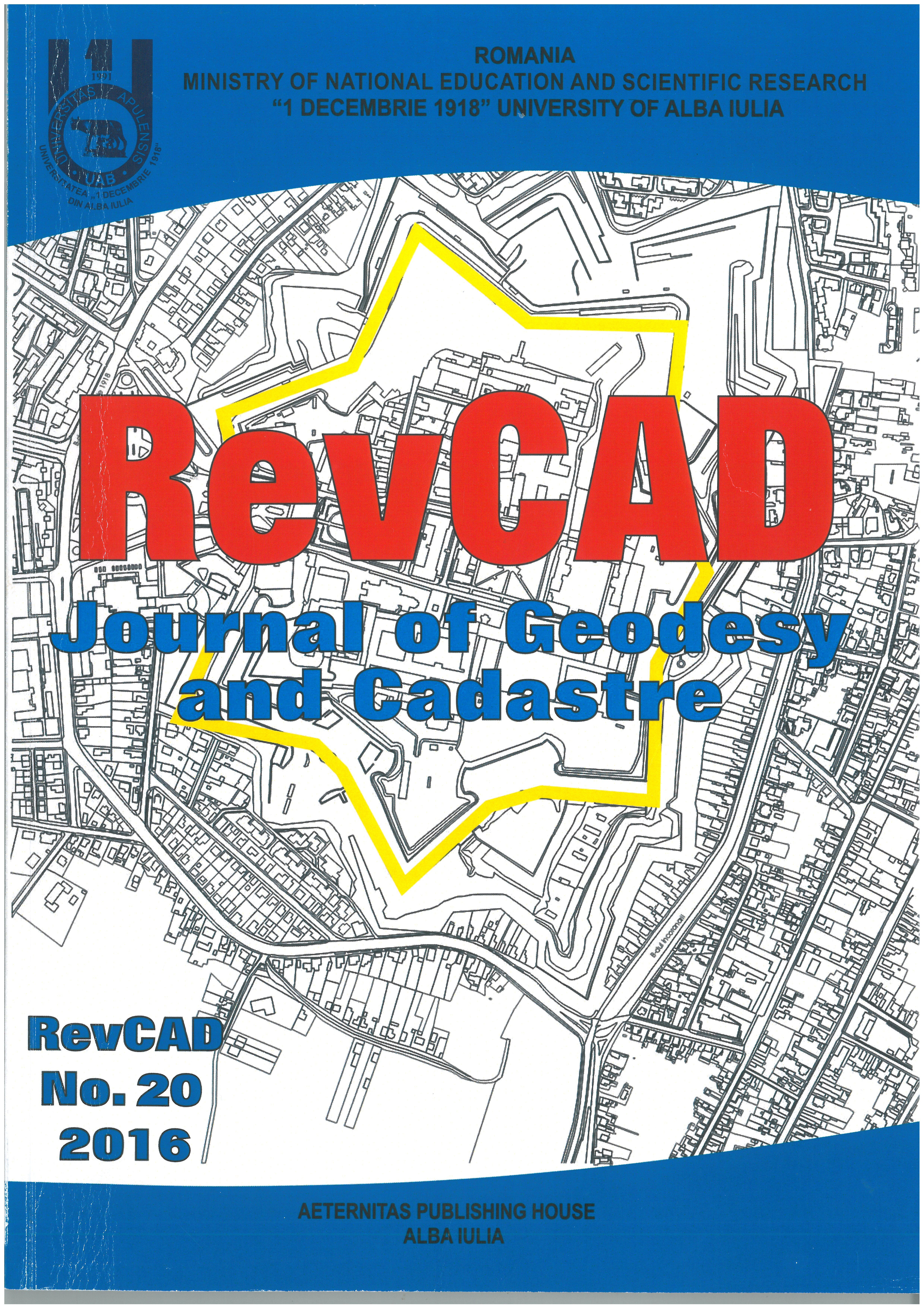Applications of Fractal Geometry in Morpho-Hydrographic Network of the Danube Delta Potamology
Applications of Fractal Geometry in Morpho-Hydrographic Network of the Danube Delta Potamology
Applications of Fractal Geometry in Morpho-Hydrographic Network of the Danube Delta Potamology
Author(s): Iulian Nichersu, Iuliana Nichersu, Marian MierlaSubject(s): Regional Geography, Environmental Geography, Geomatics, Maps / Cartography
Published by: Editura Aeternitas
Keywords: Danube Delta; morfohidrographic network; fractals;
Summary/Abstract: Fractal geometry is a tool in the analysis and interpretation in Potamology. Delta, is a typical case of alluvial river that occurs at the mouth of the great rivers loaded with a large amount of silt and opens into smooth waters, usually saline (seas and oceans) which has shallow waters and a shelf extended where tides (in most of the cases) are of low intensity and where currents coastline, with different meanings are weak, allowing the appearance, submersible or on surface of bars or a flat surface cone of dejection on which the river it spreads its waters in a web of streams, canals and lakes.A fractal is a geometric entity which, in its spatial development, is multiplying more and more on a smaller scale. An essential characteristic of fractals is that if you look with a magnifying glass, any part thereof, is reproducing at a smaller scale, the figure of the whole fractal. Fractal Analysis of the mouths of the Danube show a particular hydromorphological dynamics with specific mechanisms important for the exchange of energy and matter.The high degree of complexity of the Danube course determines the occurrence of several degrees of freedom in the course of the bed, reflected in an intense development and decreased predictability.On the other hand, the fractal dimension analysis of morphologically homogeneous sections of the course, emphasizes the geometric homogeneity of the lower Danube by similar values thereof.As engineers and scientists, we have become aware that water management involves a holistic and integrated view of a number of distinct systems that would previously have been dealt separately, and consequently there is a need for collaboration with experts from a number of other disciplines. Also we have to take into account the requirement of a range of stakeholders who have a direct interest in Danube Delta ecosystems functions. We have to note the Danube Delta water circulation (DDWCS) system deal with very complex interactions that are not immediately apparent. Simulation modeling has therefore become an important tool in order to understand the behavior under changes to various boundary conditions or internal conditions, such as parameters or even functional representations of different identified phenomena.
Journal: RevCAD Journal of Geodesy and Cadastre
- Issue Year: 2016
- Issue No: 20
- Page Range: 123-130
- Page Count: 8
- Language: English

